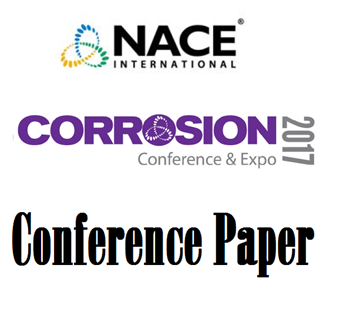Search
Biocide Storage Tank Internal Corrosion And A Mitigation Strategy – A Case Study
Also Purchased
Premature Failure of API 650 Oil Storage Tank Bottom Plates Due to Soil Side Corrosion
Product Number:
51317--9025-SG
ISBN:
9025 2017 CP
Publication Date:
2017
$20.00
Case Study - Sharing An AC Mitigation System
Product Number:
51322-17786-SG
Publication Date:
2022
$20.00
Brake Pads: Effect Of Galvanic Current On The Corrodibility Of Friction Materials And Backplates
Product Number:
51322-17926-SG
Publication Date:
2022
$20.00




